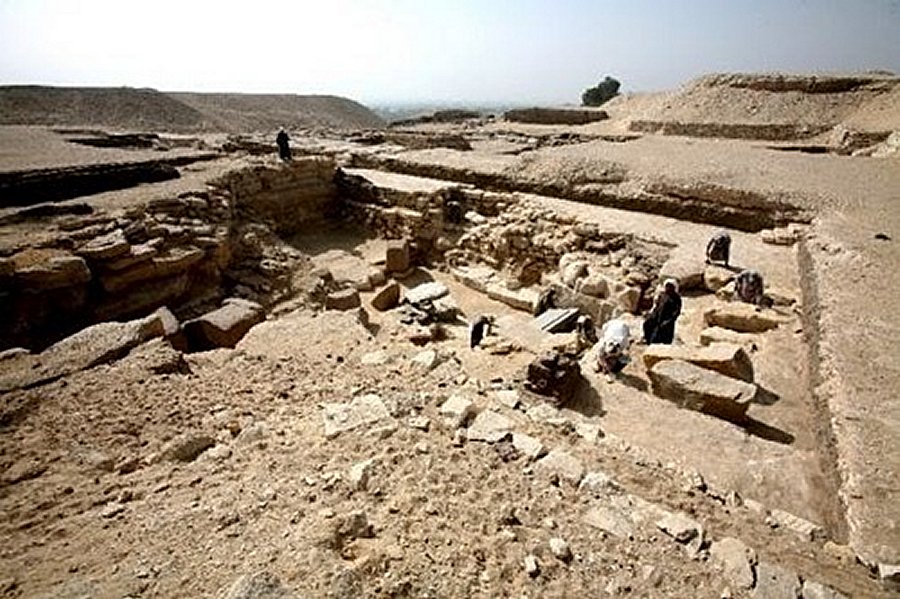Children Buried In Necropolis At Saqqara Suffered From Anaemia, Tooth Decay – New Study Reveals
Two decade-long archaeological excavations conducted by Polish researchers in the Egyptian necropolis at Saqqara helped to shed light on social status and physical health of the people who lived during the Old Kingdom and Ptolemaic-Early Roman Period as well.
Anaemia, chronic sinusitis, tooth decay are among the most commonly recognized diseases in children, whose burials are located in the Egyptian necropolis at Saqqara.

Polish bioarchaeologist Dr. Kozieradzka-Ogunmakin from the University of Manchester, has examined several burials tombs of children ranging in age from a few weeks to 12 years.
In total, archaeologists discovered more than half a thousand of such burials in the studied area of the necropolis. Surprisingly, among more than 500 graves from the Ptolemaic-Roman period (IV BC-I AD, there were only 83 burials of children, whose remains were preserved in the form of skeletons, sometimes wrapped in linen shrouds.
Among the remains of 29 children examined by Dr. Kozieradzka-Ogunmakin, most numerous are those who died at the age of three to five years, probably due to the early loss of immunity in the important period following the end of breastfeeding, at approx. 2.5-3 years of age. From that moment, children depended solely on a solid diet.
Many died at the age of three to five years, possibly due to the early loss of immunity that usually occurs at approx. 2.5-3 years of age and is caused by the end of breastfeeding. Some of the children buried at Saqqara could have died from diseases and infections.
The examination of the teeth of children revealed that some of them had problems with tooth decay. This could be caused by a diet rich in sugar and carbohydrates, for example bread.
They also suffered from chronic sinusitis caused by the environmental conditions (dust and particles of desert sand) in which they lived, but the bone remains of majority of children did not show any changes that could indicate a disease or cause of death.
Polish researchers are baffled that children are such a small group of the dead buried at Saqqara. There was high mortality in those times and especially, one would expect a lot more burials of those, who died under the age of five. Some of these burials could have been looted or destroyed; it is also possible that some of the youngest children were buried within households, the practice confirmed by earlier excavations the Nile Delta, in Tell el-Retaba.



 Creators of mankind
Creators of mankind Description of “Tall white aliens”
Description of “Tall white aliens” Where they came from?
Where they came from? About hostile civilizations
About hostile civilizations The war for the Earth
The war for the Earth “Tall white aliens” about eternal life
“Tall white aliens” about eternal life Video: “Nordic aliens”
Video: “Nordic aliens” Aliens
Aliens Alien encounters
Alien encounters The aliens base
The aliens base UFO
UFO Technology UFO
Technology UFO Underground civilization
Underground civilization Ancient alien artifacts
Ancient alien artifacts Military and UFO
Military and UFO Mysteries and hypotheses
Mysteries and hypotheses Scientific facts
Scientific facts


















